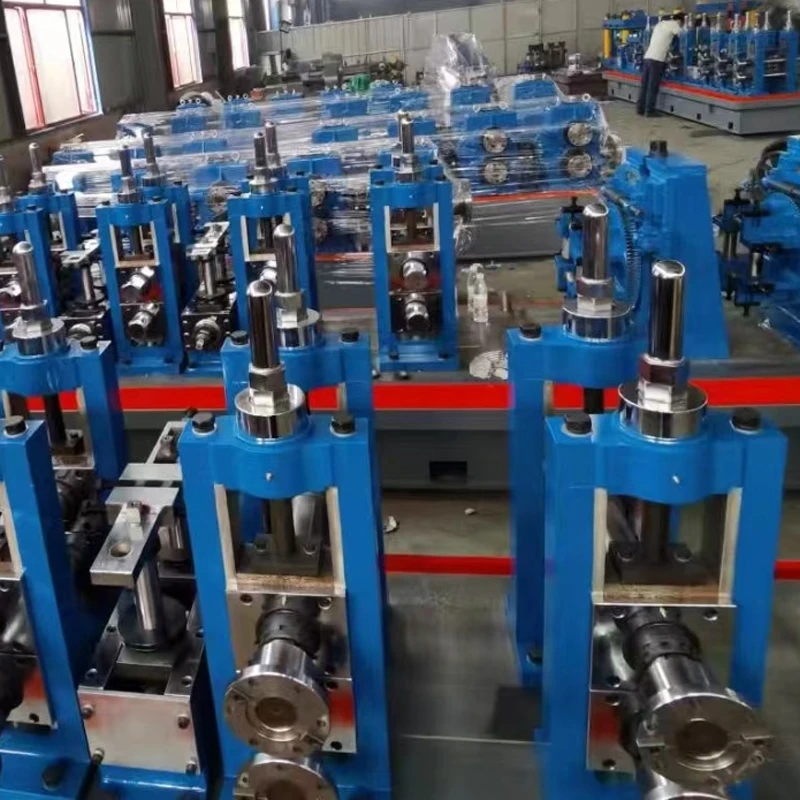Hydraulic Shear Cutting Equipment for Precision Metal Fabrication and Processing Solutions
Hydraulic Shear Cutting Machines Revolutionizing the Metalworking Industry
In the ever-evolving landscape of manufacturing and metalworking, precision and efficiency are paramount. Among the many tools that have revolutionized this sector, hydraulic shear cutting machines stand out for their remarkable capabilities and versatility. As industries increasingly demand accurate and high-quality cutting solutions, these machines have become indispensable in settings ranging from small fabrication shops to large-scale manufacturing facilities.
Understanding Hydraulic Shear Cutting Machines
At its core, a hydraulic shear cutting machine is a device designed to cut metal into specified shapes and sizes using hydraulic power. Unlike mechanical shears, which rely on manual force, hydraulic shears utilize hydraulic cylinders to exert a much greater force, making them ideal for cutting thicker materials with precision. This hydraulic system allows for a consistent and controlled cutting pressure, resulting in clean, burr-free edges and reducing the risk of material damage.
Advantages of Hydraulic Shear Cutting Machines
1. Power and Efficiency The primary advantage of hydraulic shearing machines is their ability to cut through a range of materials, including stainless steel, aluminum, and mild steel, with varying thicknesses. This capability stems from their hydraulic mechanism, which generates considerable force to execute clean cuts swiftly. This efficiency leads to reduced production times, enabling businesses to meet tight deadlines and increase their overall output.
2. Precision Cutting Hydraulic shear cutting machines are equipped with advanced control systems that enable operators to set precise cutting dimensions. This feature is critical for industries where accuracy is non-negotiable, such as the aerospace, automotive, and construction sectors. Furthermore, many modern machines incorporate computer numerical control (CNC), allowing for intricate designs and automation, which minimizes human error and maximizes productivity.
3. Decreased Operator Fatigue The hydraulic systems used in these machines reduce the physical strain on operators. Traditional manual cutting tools can lead to fatigue, which not only decreases productivity but also raises safety concerns. Hydraulic shears, on the other hand, require less manual input and allow operators to focus on the cutting process itself without the added stress of heavy lifting or exertion.
hydraulic shear cutting machine

4. Versatility Hydraulic shearing machines can be used for a wide array of applications, from fabricating small components to processing large sheets of metal. Their adaptability makes them suitable for various industries, such as metal fabrication, shipbuilding, and even art. Operators can easily adjust the machine settings to accommodate different materials and cutting requirements, enhancing their operational flexibility.
5. Safety Features Safety is a critical consideration in any manufacturing environment. Hydraulic shear cutting machines come equipped with a range of safety features, such as emergency stop buttons, protective guards, and advanced sensor technologies. These features not only protect operators from accidents but also ensure that the machine functions correctly, maintaining optimal cutting performance.
Maintenance and Operational Considerations
Though hydraulic shear cutting machines offer numerous advantages, they also require regular maintenance to ensure long-term functionality. Operators must check hydraulic fluid levels, inspect cutting blades for wear, and ensure that all safety mechanisms are operational. Regular maintenance not only extends the lifespan of the machine but also enhances its performance and cutting precision.
Furthermore, training operators is essential to maximize the benefits of hydraulic shear cutting machines. While these machines can be easier to operate than their manual counterparts, understanding their specific controls and features is crucial for achieving the best results.
Conclusion
Hydraulic shear cutting machines symbolize a significant advancement in the metalworking industry, offering unmatched power, precision, and efficiency. As industries continue to push the boundaries of what is possible in manufacturing, the demand for such innovative tools will only grow. By investing in hydraulic shear cutting technology and ensuring proper maintenance and operator training, businesses can improve their productivity, maintain high-quality standards, and stay competitive in an increasingly fast-paced market. The future of metalworking is undoubtedly intertwined with hydraulic technologies, paving the way for sustainable and precise manufacturing practices.
-
High Frequency Straight Seam Welded Pipe Production Line-BzZhou Xinghua Machinery Equipment Manufacturing Co., LTD.|Precision Welding, High EfficiencyNewsJul.30,2025
-
High Frequency Straight Seam Welded Pipe Production Line|BzZhou Xinghua|Precision Welding&EfficiencyNewsJul.30,2025
-
High Frequency Straight Seam Welded Pipe Production Line - BzZhou Xinghua|Precision Engineering&EfficiencyNewsJul.30,2025
-
High-Frequency Straight Seam Welded Pipe Production Line-BzZhou Xinghua Machinery Equipment Manufacturing Co., LTD.NewsJul.30,2025
-
High-Frequency Straight Seam Welded Pipe Production Line-BzZhou Xinghua Machinery Equipment Manufacturing Co., LTD.|Precision Manufacturing, High EfficiencyNewsJul.30,2025
-
High Frequency Straight Seam Welded Pipe Production Line-BzZhou Xinghua Machinery Equipment Manufacturing Co., LTD.|Precision Steel Pipe Manufacturing&Industrial EfficiencyNewsJul.29,2025


